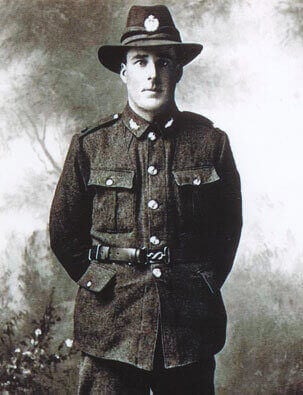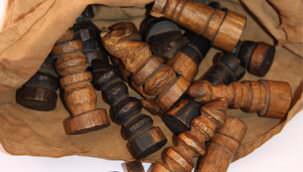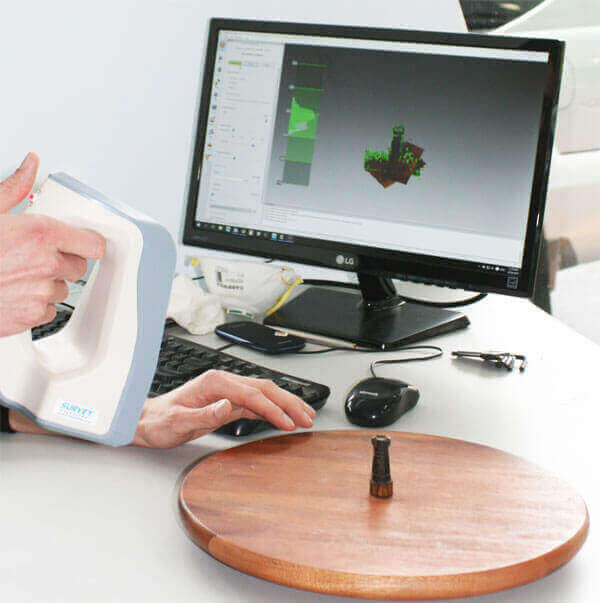A design lecturer has used 3D printing technology to complete finally a chess set which her great-grandfather carved in World War One.
Harry Bourke was an ANZAC soldier and carved the set, so he and his fellow soldiers had some entertainment during the long days in the trenches of Passchendaele in 1917.
However, he was seriously injured in battle and the chess set was misplaced. Amazingly, long after the war had ended, Bourke’s kit-bag was returned with the chess set almost complete, with just one pawn missing.
Since then, the chess set has been handed down through the generations and now belongs to Moore. She said: “As children, we played with a fill-in piece from another set. Recently I looked at the set and realized I could utilize my creative skills to make it whole once more.”
How the Complete Chess Set was Made
“It turned out that we could all play chess,” Harry wrote in his recollections of the war. “There was no hope of getting a chess set, so I had a go at carving one, with the help of a sharp pocket knife, and some willow wood growing nearby. We made a board out of a square of oil sheet and a bottle of ink, and we used to play in our spare time.”
In contrast, to complete this set, Moore decided to use 3D modeling programs Maya and ZBrush.
She digitally recreated the basic shape and texture of the chess piece, before using a 3D printer at Victoria University to print it.
Last year, she used 3D scanners and a full-color CMYK ceramic 3D printer at Ink Digital in Wellington to create a more accurate model of the piece.
She said: “The technologies that went into making the pieces in 1917 and the technologies that go into re-making them today could not be further apart. Where Harry created the pieces in trying conditions and out of limited resources – a stick of willow, a pocket knife and boot polish – I am utilizing cutting edge technologies while sitting in the comfort of my living room.”
Although the results are not currently completely accurate, Moore intends on refining the chess piece before it will presented at next year’s event, The Myriad Faces of War: 1917 and its Legacy’ symposium, in Wellington.
License: The text of "Lecturer Uses 3D Printing to Complete WW1 Chess Set" by All3DP is licensed under a Creative Commons Attribution 4.0 International License.


